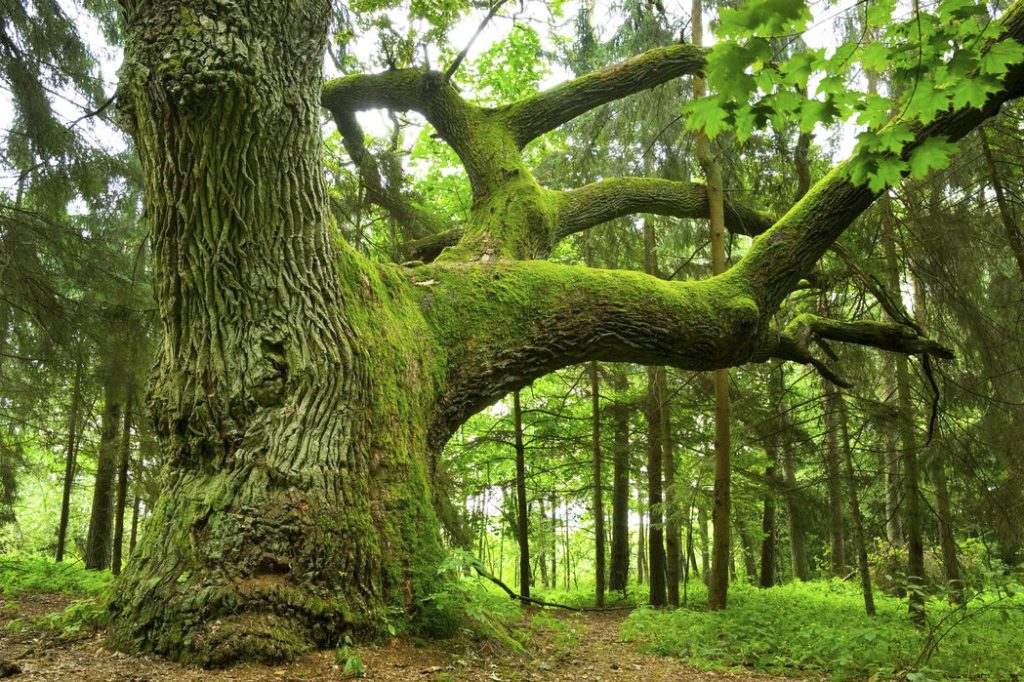
The Mighty Oak: More Than a Tree, A Legacy of Value and Sustainability
For centuries, the Oak tree has stood as a global symbol of strength, endurance, and heritage. But beyond its majestic presence lies a hidden engine of economic, ecological, and agricultural value. In an era defined by climate change and sustainable business practices, the Oak is no longer just a beautiful tree; it is a strategic asset. This deep dive explores why planting an Oak is one of the most forward-thinking decisions a business, community, or farmer can make.
Why the Oak Tree is a Climate Change Champion
As the world seeks solutions to the climate crisis, the Oak tree stands out as a natural and powerful ally. Its contribution to a healthier planet is multifaceted and profound.
- Superior Carbon Sequestration: Oak trees are carbon sequestration giants. Their large size, dense wood, and incredibly long lifespan (often centuries) mean they absorb and store vast amounts of atmospheric carbon dioxide (CO2) throughout their lives. A single mature Oak can sequester over 40,000 pounds of CO2 in its lifetime, making it one of the most effective natural tools for mitigating global warming.
- Urban Heat Island Mitigation: In concrete-dominated cities, temperatures can soar several degrees higher than in surrounding rural areas—a phenomenon known as the “Urban Heat Island Effect.” The Oak’s extensive, dense canopy provides significant shade, cooling the air through evapotranspiration. Planting Oaks in parking lots and around buildings can reduce summer cooling costs by up to 30% and create more livable urban environments.
- Biodiversity and Ecosystem Support: An Oak tree is not just a single organism; it’s a thriving ecosystem. It supports more life forms than any other native tree in many regions. A mature Oak can be home to over 2,000 species of insects, birds, mammals, and fungi. This incredible biodiversity is crucial for resilient ecosystems, supporting everything from pollination to natural pest control.
- Air and Water Purification: The broad leaves of the Oak filter harmful pollutants from the air, including nitrogen oxides, ammonia, and particulate matter. Its vast root system also acts as a natural water filter, preventing soil erosion and filtering rainwater as it percolates into the groundwater supply.

The Oak Tree as a Business and Commercial Asset
The value of an Oak extends far beyond its environmental benefits. It offers tangible and intangible returns on investment for businesses of all sizes.
- Increased Property Value: Well-landscaped properties with mature trees, especially stately species like Oaks, can see their value increase by 7-19%. They enhance curb appeal and create an impression of stability and prestige.
- Brand Image and CSR (Corporate Social Responsibility: Planting Oaks is a visible, long-term commitment to sustainability. Companies can leverage this in their marketing and CSR reports, strengthening their brand as an environmentally responsible leader and appealing to eco-conscious consumers and employees.
- Direct Commercial Uses: The wood of the White Oak and Red Oak is among the most prized in the world.
- Timber and Lumber: Used for high-value flooring, furniture, cabinetry, and interior trim.
- Cooperage: White Oak is the primary wood for crafting barrels in the wine and whiskey industry, where it imparts unique flavors and aromas during the aging process.
- Veneer: Particularly beautiful-grained Oak is sliced into veneer for use in high-end furniture and paneling.
Best Places to Plant an The Mighty Oak for Maximum Impact
Choosing the right location is critical to ensuring your Oak thrives and delivers on its full potential.
- Corporate Campuses and Business Parks: Plant Oaks in green spaces, around buildings, and in parking lot islands. They provide shade for employees, reduce cooling costs, and project an image of strength and permanence.
- Farms and Agricultural Land (Agroforestry): Integrating Oaks into farming systems, a practice known as silvopasture, is highly beneficial. Oaks provide shade for livestock, which improves animal welfare and can increase milk and meat production. They also act as windbreaks, protecting crops and soil.
- Urban Parks and Public Spaces: Planting Oaks in city parks creates lasting civic landmarks. They improve air quality, provide cooling shade for residents, and create essential wildlife corridors in urban settings.
- Residential Properties: For homeowners, an Oak is a legacy tree that will increase property value and provide beauty and shade for generations. Ensure it is planted at least 20 feet from structures to account for its mature size.
- Reclaimed and Degraded Land: Oaks are pioneers in forest succession. Their deep taproots can help stabilize soil and restore vitality to land that has been mined or otherwise degraded.
Why Farmers are Planting The Mighty Oak: A Long-Term Strategic Crop
For farmers, planting an Oak tree is an act of faith in the future—a long-term investment that pays dividends across generations.
- Diversification and Financial Security: An Oak plantation is a “savings account” that grows in both literal and figurative terms. While annual crops provide immediate cash flow, a stand of Oak trees represents a significant future payout from timber or veneer sales, diversifying the farm’s income and providing a financial safety net.
- Silvopasture for Enhanced Livestock Health: As mentioned, grazing livestock under Oak trees is a win-win. The trees offer shelter from sun, wind, and rain, reducing animal stress. This can lead to better weight gain and improved herd health.
- Soil Health and Protection: The deep root system of the Oak breaks up compacted soil, improves water infiltration, and brings up nutrients from deep in the subsoil. The leaf litter adds organic matter, enriching the topsoil and suppressing weeds.
- A Legacy for Future Generations: Farming is inherently about stewardship. Planting an Oak grove is one of the most powerful ways a farmer can leave the land more valuable and productive than they found it, creating a living inheritance for their children and grandchildren.
Conclusion: The Oak is an Investment in Our Future
The Oak tree is far more than a part of our natural landscape; it is a solution. It is a tool for fighting climate change, an asset for savvy businesses, and a pillar of sustainable agriculture. By choosing to plant and protect Oak trees, we are not just planting for today. We are investing in cleaner air, healthier ecosystems, stable businesses, and productive farms for decades—even centuries—to come. In the quiet growth of an Oak sapling lies a powerful promise of a more resilient and prosperous future.


